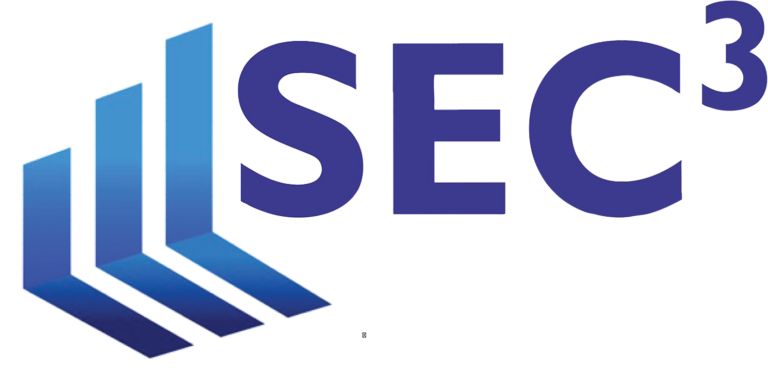The 2022 Examination Priorities (“2022 Priorities”) covered many areas of compliance risk under the “focus area” headings, but also highlighted new SEC perspectives as reflected in Risk Alerts issued throughout the year (below) and also with recent rule proposals (regarding Form PF reporting, private funds and cybersecurity). All of these communications should drive your internal testing and annual reviews.
We gleaned a few interesting take-aways from the priorities that we want to share.
The SEC explicitly mentions in the 2022 Priorities that most firms take steps during the exam to remediate exam findings. This might seem obvious, but we found it interesting that they say “most”. While there may be times it is appropriately to tactfully disagree with examiners, usually on specific aspects of certain findings, more often than not we recommend that firms fully cooperate with findings and remediate promptly and fully.
Resiliency is another key notion that appeared this year – used to describe a compliance program “designed to continue to be effective and withstand changes in, for example, market conditions, investor demand, key personnel, and registrant services or lines of business.” This trait is seen as characterized by
- • the degree of involvement of senior management and operational areas in the success of the compliance mission;
- • the flexibility to adapt to changes in business and operational processes; and
- • continued emphasis on reviews and testing of the compliance program.
This topic is extending the SEC’s expectation that managers have resilient business continuity to the entire compliance program. It should be dynamic and firms should update the program timely as things change. They always do. Hence, the program should be reviewed frequently.
Environmental, social, and governance (ESG) investing earned a headline spot this year. Sitting at the crossroads of fiduciary duties and hot new trend, we recommend that firms – even those not actively holding themselves out as ESG managers – consider what impacts ESG risks and market demands have on their firm. Does the sales team receive inquiries about firm ESG practices or policies? How are they answered? Does it factor into your investment risk assessments? Complicating matters in this space is a lack of standards in ESG investment terminology and the variety of approaches to ESG investing.
In our experience, the course of regulatory exams continues to rely heavily on examiners’ impression of the firm and its efforts to address regulatory concerns. Risk alerts issued throughout the year remain a key resource for in house preparation and compliance testing coupled with the annual priorities:
- • Observations from Examinations of Private Fund Advisers – January 27, 2022
- • Risk Alert: Division of Examinations Observations: Investment Advisers’ Fee Calculations – November 10, 2021
- • Risk Alert: Observations from Examinations of Advisers that Provide Electronic Advice – November 9, 2021
- • Risk Alert: Observations from Examinations in the Registered Investment Company Initiatives – October 26, 2021
- • Risk Alert: Observations Regarding Fixed Income Principal and Cross Trades by Investment Advisers from an Examination Initiative – July 21, 2021
- • Risk Alert: Observations from Examinations of Investment Advisers Managing Client Accounts That Participate in Wrap Fee Programs – July 21, 2021
- • Risk Alert: The Division of Examinations’ Review of ESG Investing – April 9, 2021
- • Risk Alert: Compliance Issues Related to Suspicious Activity Monitoring and Reporting at Broker-Dealers – March 29, 2021
- • Risk Alert: The Division of Examinations’ Continued Focus on Digital Asset Securities – February 26, 2021
Given that, if you find you need additional support in updating your policies or developing or adapting testing, we are here to help!

